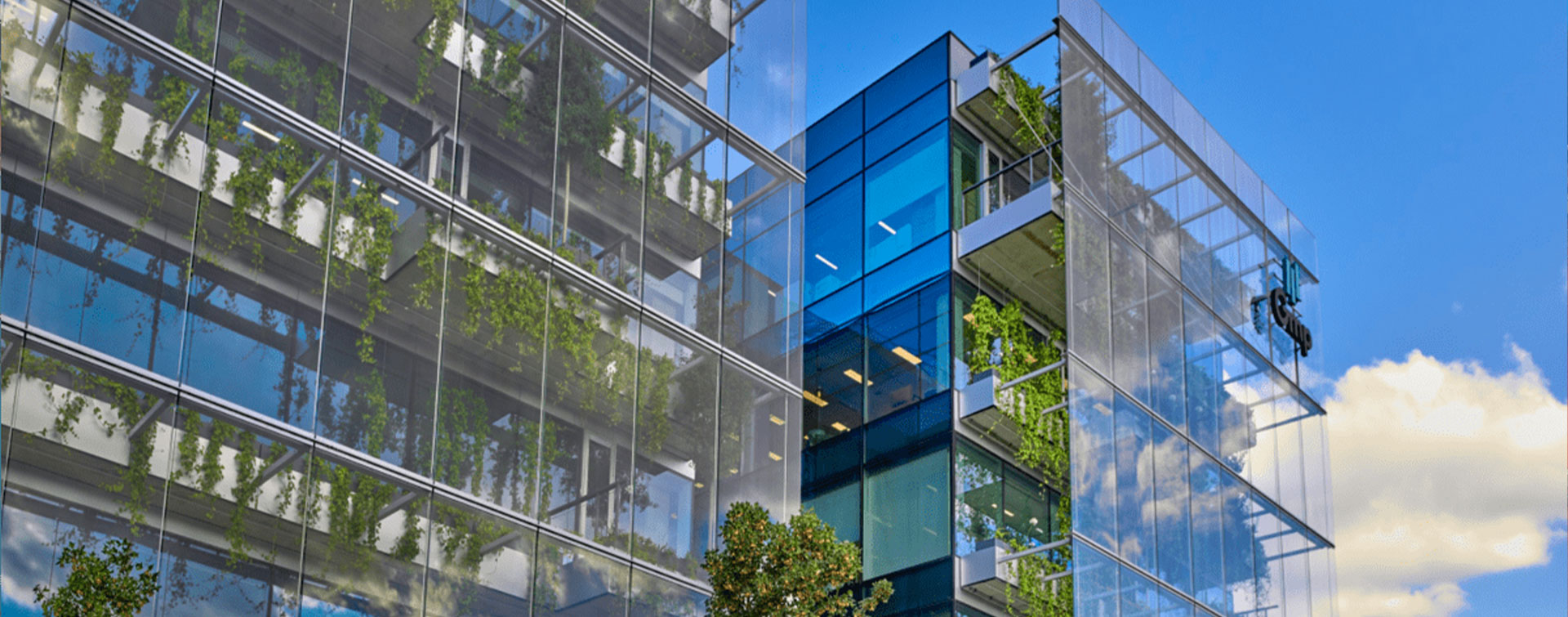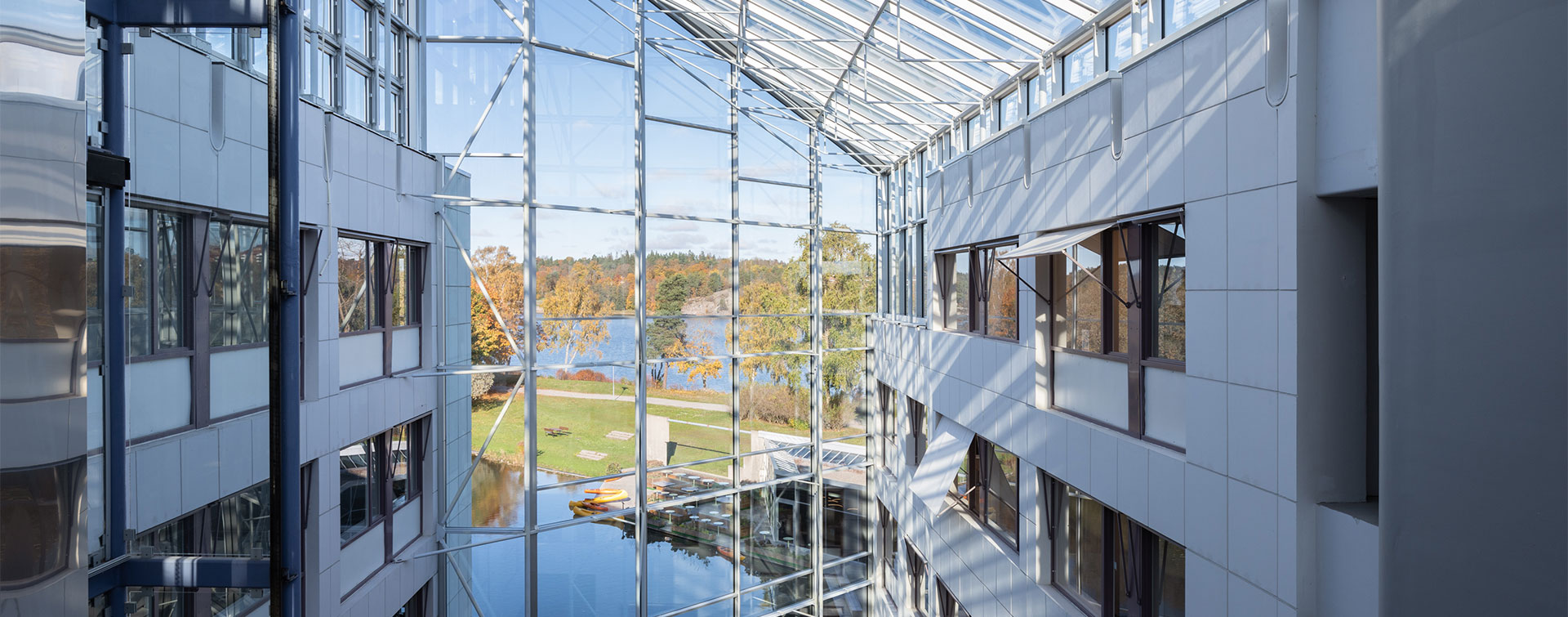 4 min
4 min
Unrivaled Properties
Faced with population growth and rapid urbanization, it seems difficult to do without concrete. There are very few other candidates capable of surpassing its strength, especially for large-scale constructions, heavy industrial constructions, and infrastructure. Many structures built with this material have been standing for at least a century. In this regard, concrete is undeniably durable. Concrete is also highly resistant, both to fire and natural disasters. Another advantage is its high thermal inertia. This thermal mass makes it capable of storing heat or coolness, gradually releasing it and reducing the need for air conditioning in summer. In this sense, it is superior to wood, for example.
Construction chemicals for decarbonization
The main criticism of concrete stems primarily from the environmental footprint of its main ingredient: cement. To prepare concrete, gravel, sand, cement, and water are needed. Cement, or more precisely one of its components, clinker, is obtained by mixing crushed limestone and clay, which are then heated to very high temperatures. It’s this step that emits CO2 and consumes a considerable amount of energy, ultimately being largely responsible for concrete’s carbon footprint.
That’s why research is focusing on reducing clinker usage in concrete. Several options exist. Firstly, by attempting to reduce energy consumption related to the calcination of raw materials, whether through renovating industrial processes or more concretely installing more efficient kilns. It’s also possible to operate them using cleaner energy sources, sometimes from biomass, partly replacing fossil fuels. Furthermore, several levers exist to reduce concrete’s carbon footprint: adding activators in cement formulation, allowing for a reduction in clinker quantity (at iso-performance), and admixtures. Through this, companies like Chryso, for example, enable Hoffmann Green to deploy a cement with a carbon footprint divided by five. Alongside efforts to reduce the carbon footprint of concrete, we also need to use less of it. Lightweight construction, by limiting its use to the load-bearing structure and foundations, can significantly reduce concrete consumption in new buildings….

Lightweight construction to use less concrete
Alongside efforts to reduce the carbon footprint of concrete, we also need to use less of it. Lightweight construction, by limiting its use to the load-bearing structure and foundations, makes it possible to significantly reduce concrete consumption in new buildings.
Also read: Light construction takes off
Wood and bio-sourced materials… Why they can only be a complement.
Should alternatives be sought from wood and bio-sourced materials? Wood, straw, hemp, and raw earth undoubtedly have their place in the mix of materials for more sustainable construction. But given the needs of the construction sector in terms of volume, cost and productivity, can we be sure of the feasibility of a total switchover to these solutions? Indeed, by 2050, an additional 2 billion humans will inhabit the Earth, and construction needs to be fast and not (too) expensive. Forests are fragile carbon sinks. The various uses to which soils are put, notably for human consumption, must also be preserved. Thus, these solutions are undoubtedly complementary, but in any case, cannot completely replace concrete. The future is more likely to lie in mixed use, for example with structures combining wood, concrete or steel. And to coexistence with traditional materials with a high recycled content and a very low carbon footprint.
Photo credits: Shutterstock/Vaidas Bucys ; Shutterstock/Peshkova









